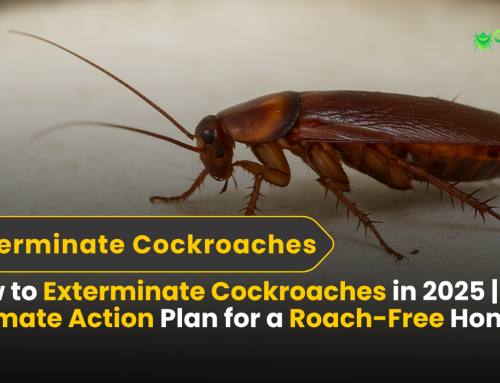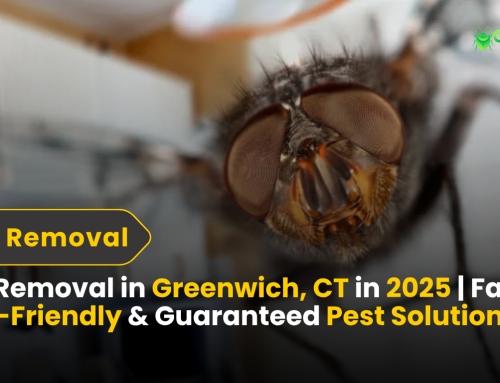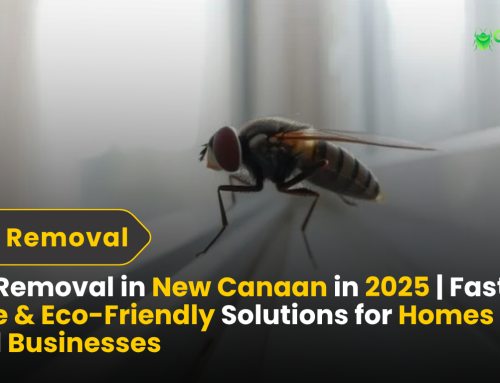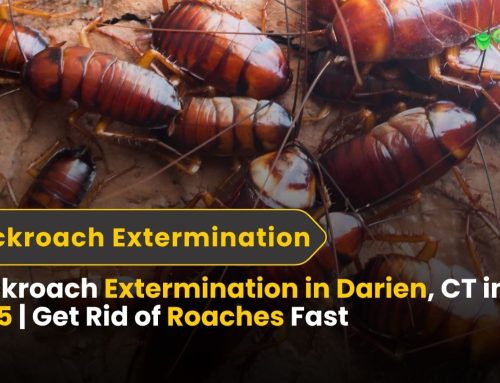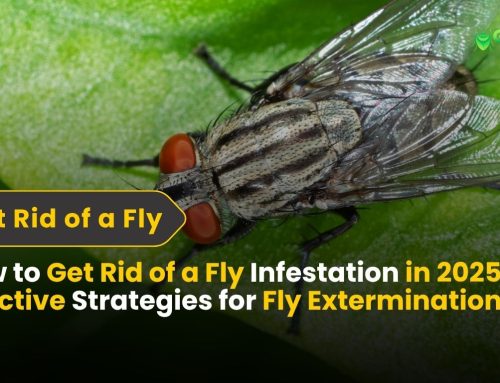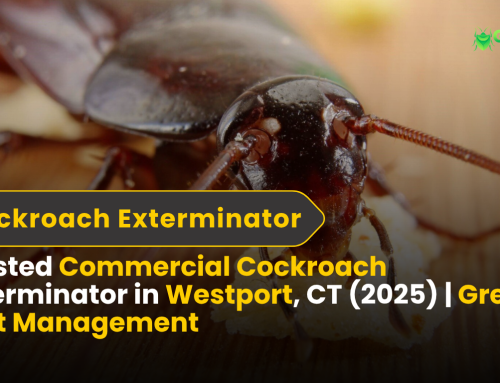INTRODUCTION TO ANTS (The Ant Colony)

INTRODUCTION TO ANTS (The Ant Colony)
The winged female reproductive mates with a male reproductive either during the swarming flight or on the ground. The male dies shortly afterwards. The female then digs or adapts a cavity, usually in the soil, and walls herself in. At this time, if her wings are not already broken off, she tears them off. She then produces eggs. When the tiny, white, legless grubs (larvae) hatch, they are fed with salivary secretions from the female’s stored fat cells and the breakdown of her now useless wing muscles. After several molts, the larvae change into soft, white pupae that look like motionless, white adults. Before they pupate, the larvae of some ants (carpenter ants and others) spin a silk cocoon—a white or tan papery capsule. When the pupae have made all the internal changes for
adult functioning, they molt into the adult stage. Adults take on one of three roles or castes of the community: workers (all females), female reproductives (queens), or male reproductives.
■ Males live short lives—they mate and die.
■ Ant queens are females. They mate and raise the first brood by themselves. Afterwards, they produce eggs for the subsequent broods that go on to make the colony. They may live many years.
■ Workers, also females, tend the eggs, larvae, and pupae. They forage outside for food and enlarge and defend the colony workings.
■ Other specialized groups may arise from the worker caste in certain species, for example, soldiers (ants that defend the colony).
Foraging
Ants eat a wide variety of foods, including other insects, seeds, nectar, meats, greases, sugars, and honeydew. Honeydew is a liquid produced by plant-sucking insects such as aphids, mealybugs (groups of small insects with a white powder clinging to them), scale insects, and planthoppers. These insects feed in groups on plant stems and leaves. Many species of ants protect these aggregations from other insects and take drops of the honeydew these small, sap-sucking individuals produce. Some ant species appear to just wander randomly; others trail one another precisely from colony to food source and back. Ants communicate with one another using various methods for transmitting messages. Workers foraging for food attract attention and communicate their messages when they return to the colony.
ANT CONTROL AND MANAGEMENT
It is important to note that, of the ants found indoors, only a few species are responsible for the majority of infestations. Some species are not common but appear sporadically; and other types of ants are found inside only under rare or accidental conditions. The later group is difficult to prepare for, but the major species should be studied and discussed, and control experiences analyzed. Species that appear sporadically may take an inordinate amount of the pest controller’s time, with inconclusive results. These elusive ants may appear several times in one year, then not be encountered for several years. Some are common in some regions and uncommon in others.
The best way to learn about ants is to build a collection and keep it for comparison. Elements important to consider when identifying and controlling an ant species are: Size. Ant species have fairly consistent size. Nodes. Nodes are swollen segments of the petiole (the narrow connection between the thorax and abdomen). Most species have one; others have two. Color. Color may vary within the same species of ant, but it also can be a useful eliminating factor. Be sure to note the surface appearance of the exoskeleton.
Range. Most ant species are known to occur in a specific region.
Newsletter
Subscribe to our newsletter and stay updated
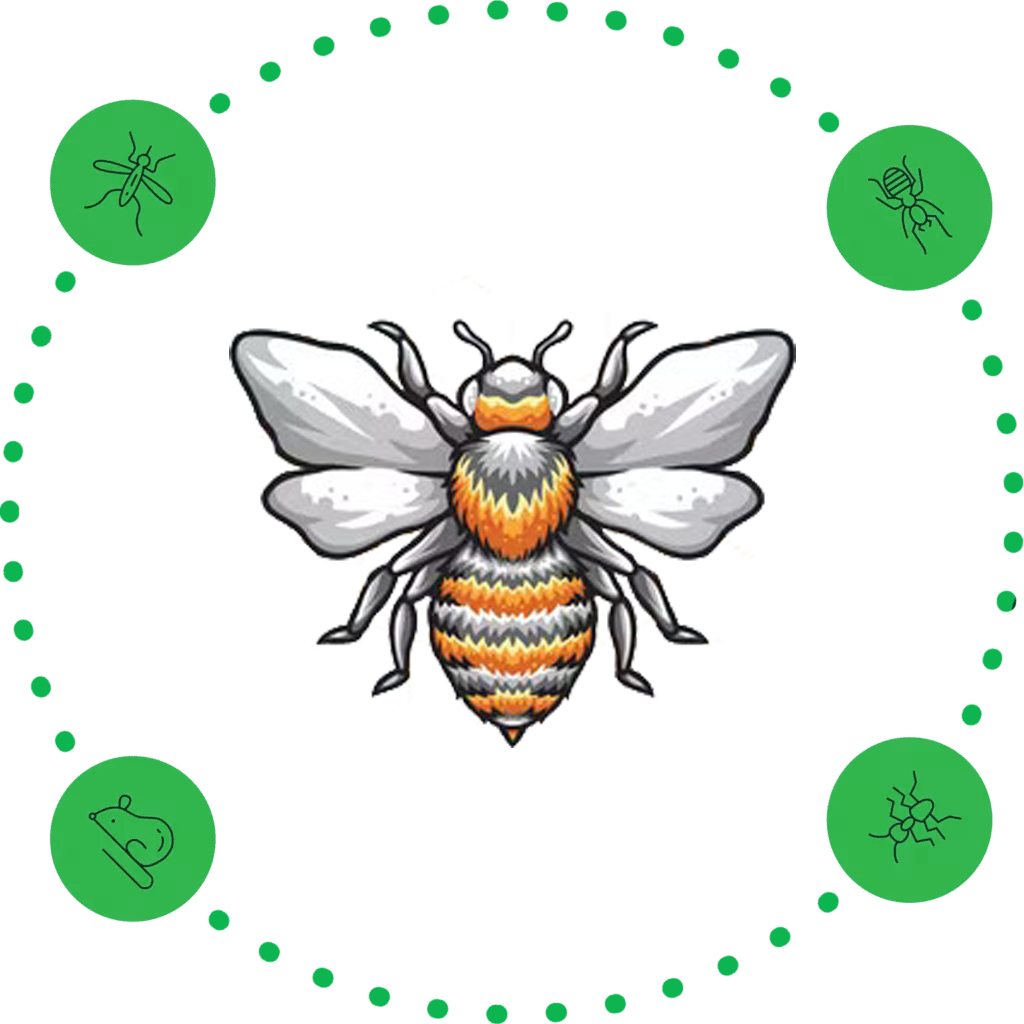
Commercial Pest Control Services in CT: Complete Guide for Connecticut Businesses in 2025
When you're running a business in Connecticut, whether in Greenwich, Stamford, New Canaan, Wilton, Darien, Westport, or beyond, maintaining a [...]
Rat & Mice Exterminator in CT | Safe & Reliable Rodent Protection for 2025
If you’ve noticed scratching sounds in your walls at night, small droppings near your pantry, or gnaw marks on food [...]
Effective Outdoor Fly Control in Connecticut: 2025 Solutions
When warm weather rolls through Connecticut, most of us can’t wait to enjoy backyard barbecues, patio dinners, and sunny afternoons [...]
Top Mouse Exterminators in Westport, CT | Services for Effective Rodent Control 2025
If you're searching for Top Mouse Exterminators in Westport, CT, it’s because you want a safe, effective, and professional solution [...]





